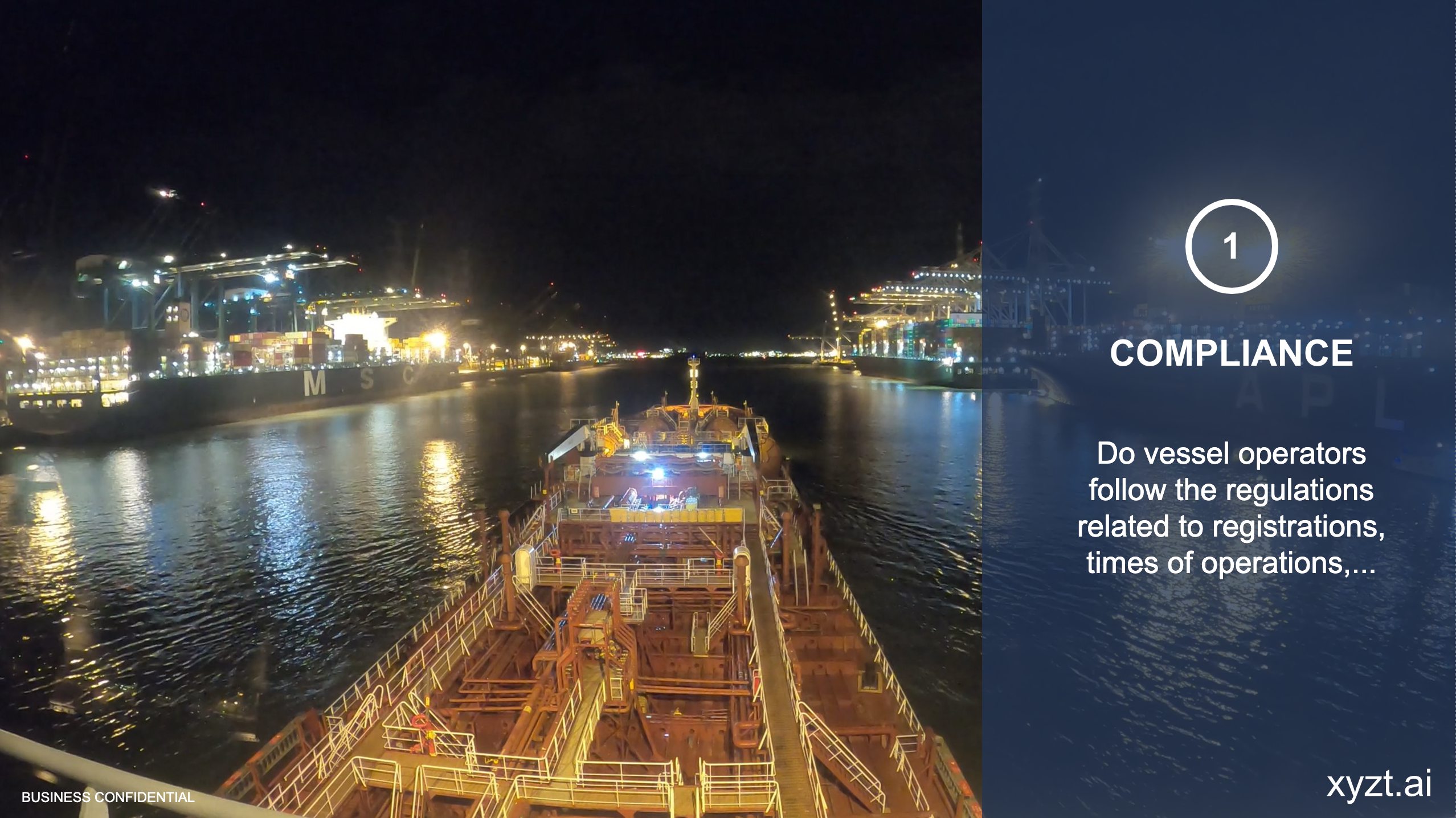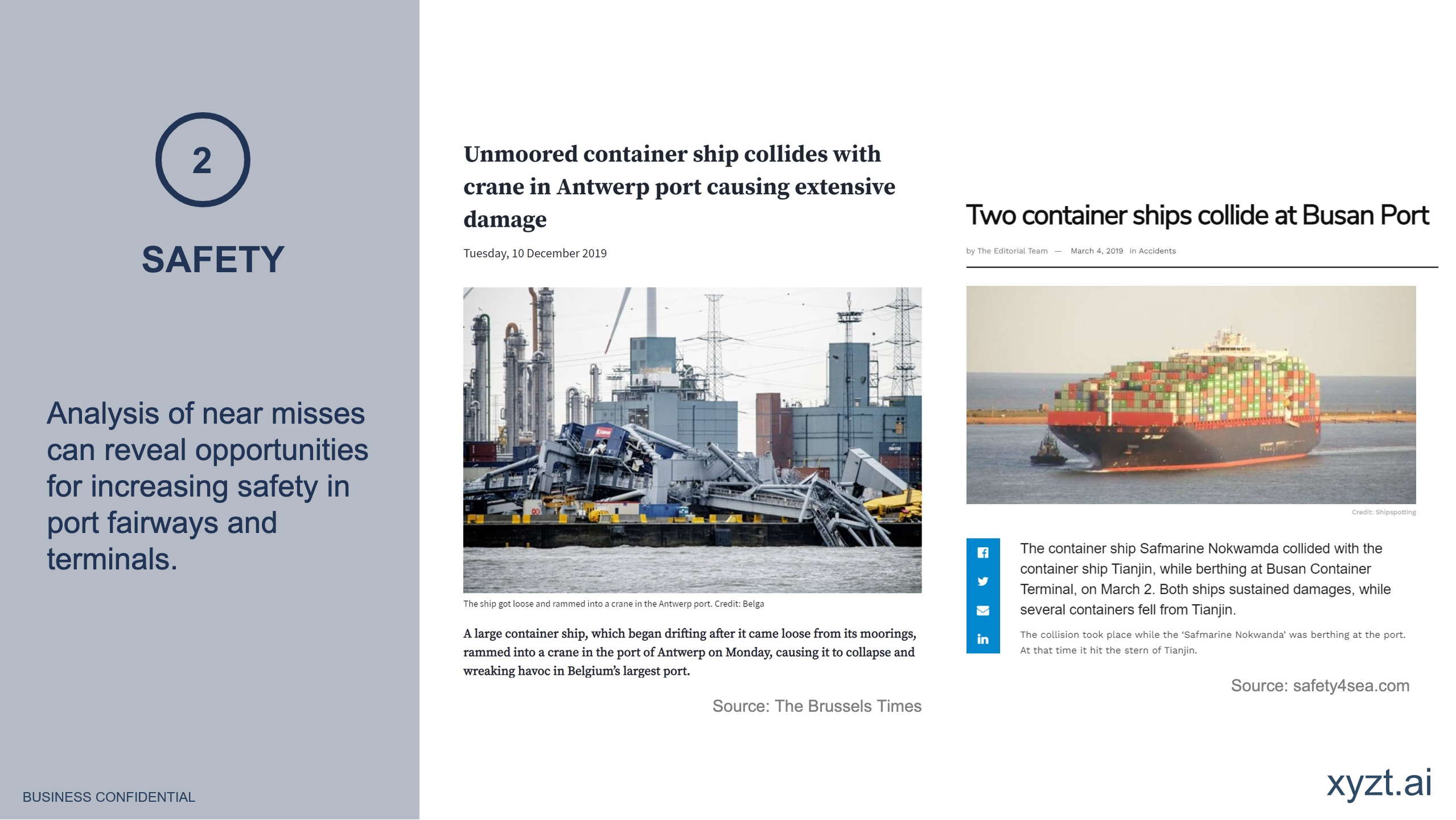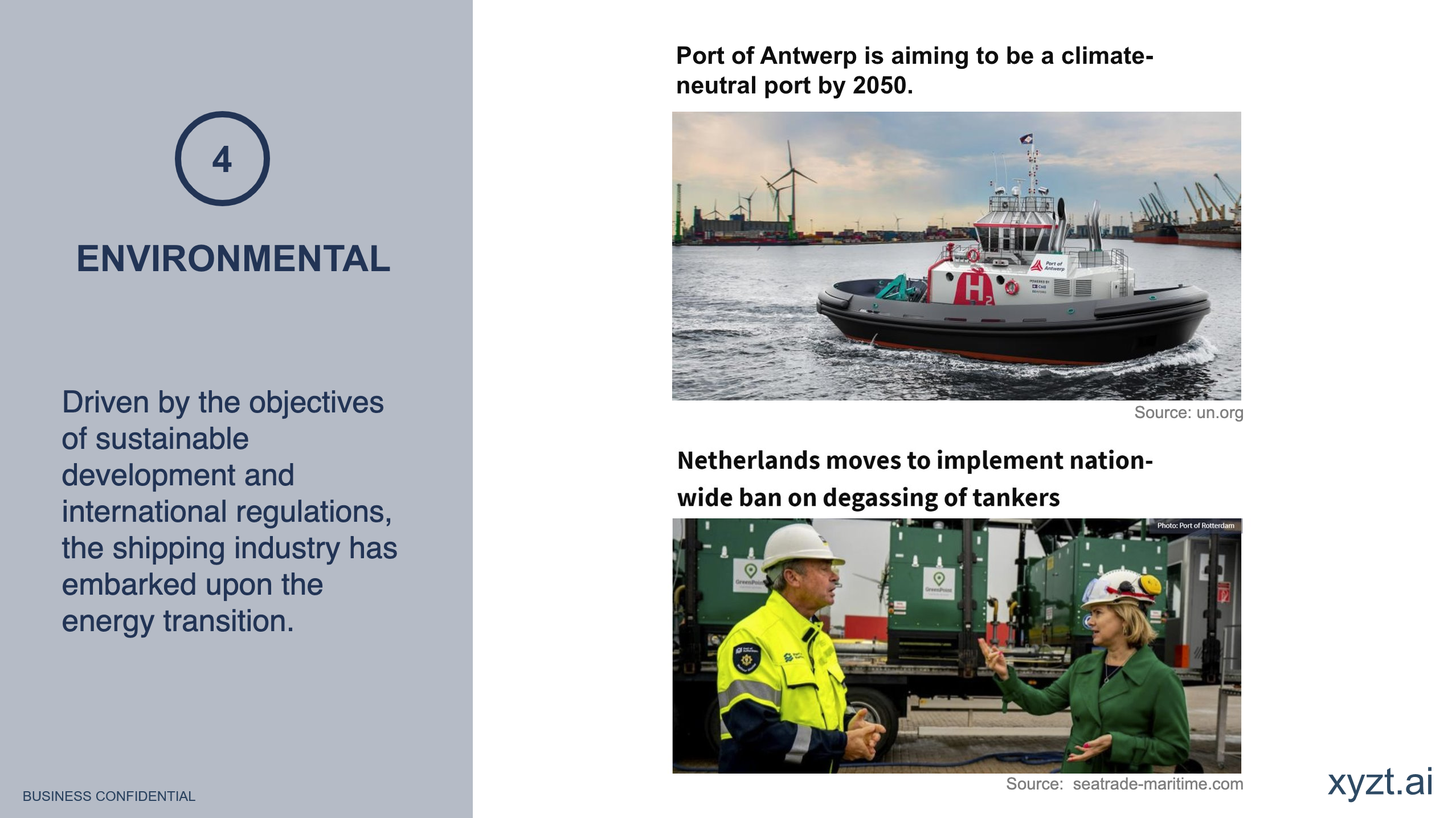Detecting Anomalous Vessel Movements with AI at Port of Antwerp
Accelerate the Transition to a Smart and Safe Port
Technologies such as AIS and radar that were originally meant for vessel collision avoidance and vessel tracking, generate real, big data that can be used to fuel machine learning algorithms for actionable insight generation.
Learn how Port of Antwerp, in combination with xyzt.ai, exploits data-driven machine learning to extract actionable insights from large amounts of historical vessel movements to maintain a safe and secure port environment.
Bart Adams, xyzt.ai's CTO, tells you more.


From the first meeting with xyzt.ai, we were very impressed with their visual analytics platform. It’s a fantastic toolbox that generates insights from large volumes of location data with incredible speed and efficiency. They also have a great team of experts with the right mindset and work ethic. Working with xyzt.ai helped Port of Antwerp accelerate the transition towards a smart and safe port.

Accelerate the Transition to a Smart and Safe Port
A port is a complex environment with a large number of movements and interactions every day. As a transportation hub, many of those movements and operations involve large international logistics operations. Some could be out of the ordinary, i.e., anomalous, or even suspicious, illegal, or a threat to the safety of the port. Fortunately, technologies to monitor and analyze these movements are available.
However, working with historic vessel movement data and performing analysis on it can be a real challenge. Analysts have real difficulties analyzing data that is both spatial and temporal for the following reasons:
- The data is big data.
- The data has multiple properties. It's multi-signal and not just location; it's much more.
- The data is Spatio-temporal and cannot be handled very well using traditional geospatial software of business intelligence tools.
Register now and join Bart Adams, Founder, and CTO at xyzt.ai, and Port of Antwerp's Lead Data Scientist, Pieter Van Bouwel, to learn how Port of Antwerp, together with xyzt.ai, exploits data-driven machine learning and extract's actionable insights from large amounts of historical vessel movements to maintain a safe and secure port environment.
Scroll down to learn more about the business use cases for historic vessel movement data in a port.
Historical Vessel Movement Data Business Cases
What business cases are there within a port for historic vessel movement data? Find out below.
Compliance

Safety

Port Performance

Environmental

See xyzt.ai in action
Innovative maritime insights from day one.
Our self-service analytics platform enables analysts to extract and share insights from any data source.
If you want to learn more about how xyzt.ai can help you and your organization, please schedule a live demo with one of our experts.
During the demo, we can discuss your requirements, answer any questions you may have, and review how our platform can benefit you.